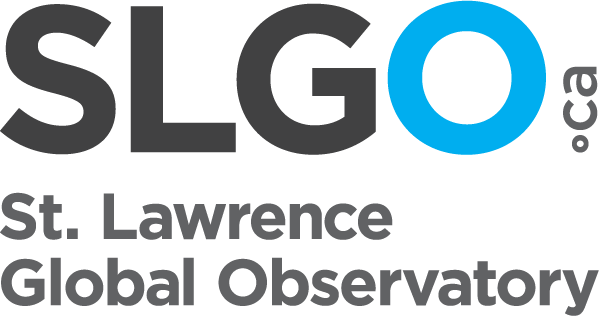The data were collected during two research projects:
-
Development of community-based monitoring for aquatic invasive species in the Canadian Arctic - preparing for increased shipping related to resource development and climate change;
-
Diversity of pelagic primary producers in coastal habitats and the potential for harmful blooms in Eastern Canadian Arctic, with a focus near Iqaluit, Nunavut.
These data are the abundance, richness and diversity of dinoflagellate communities in Canadian Arctic seaports to provide baseline data and to verify the presence of potential non-indigenous species and harmful taxa. These data can be used as a reference source for monitoring the introduction of potentially non-native species introduced into Arctic ports where shipping activities are high.
SAMPLING
Dinoflagellate samples were collected using a 20 μm (30 cm diameter) Nitex® plankton net during August in Churchill (MB) (2007 and 2015), in Deception Bay (QC ) (2016), in Iqaluit (NU) (2015 and 2019) and in Milne Inlet (2017). Samples were collected from 1 m of the surface to 1 m above the bottom.
PREPARATION : Samples were stored in 4% formaldehyde. Sample preparation and counting were performed using the Utermöhl method.
OBSERVATION : Samples were observed using an inverted microscope (NIKON Eclipse TE-2000-U) under a magnification of 200x.
ABUNDANCE : The calculation of the abundance of dinoflagellates (cell / liter) was carried out as follows: Number of cells X Volume of the bottle / Volume of the Utermöhl chamber / (pi X Radius^2 X Depth) X 1000
ENVIRONMENTAL VARIABLES
Environmental data were measured using a CTD and a Secchi disk. The time between sea ice melt and sampling was calculated by subtracting the sampling day from the breakup dates (ice concentration <1/10) which were extracted from the Canadian Ice Service records.
For further information, please consult the following paper: Dhifallah F, Rochon A, Simard N, McKindsey CW, Gosselin M, Howland KL. 2022. Dinoflagellate communities in high-risk Canadian Arctic ports. Estuarine, Coastal and Shelf Science 266:107731
This project is part of the Coastal Environmental Baseline Program Initiative under the Oceans Protection Plan of Fisheries and Oceans Canada.
 10.26071/ogsl-66fb4c6a-e84b
10.26071/ogsl-66fb4c6a-e84b


